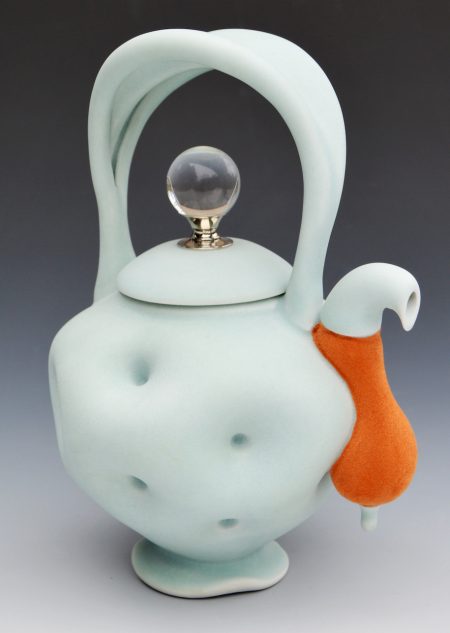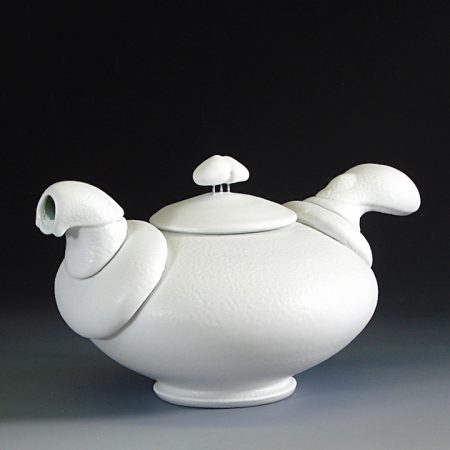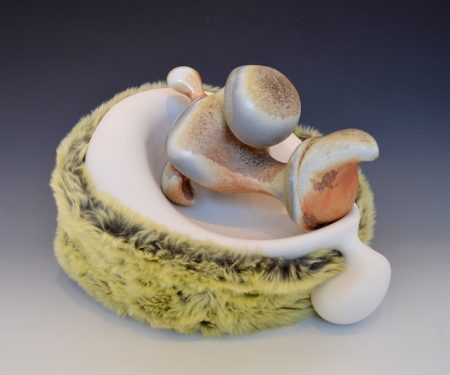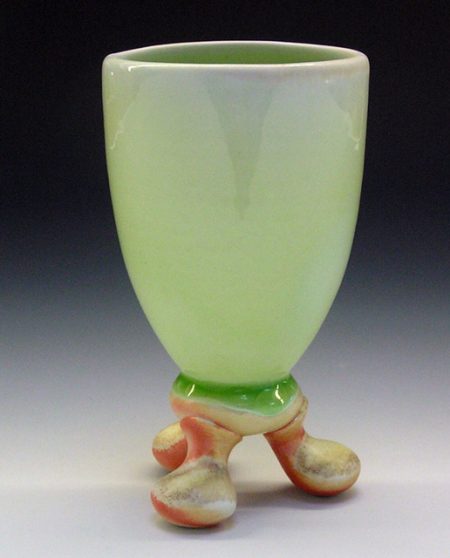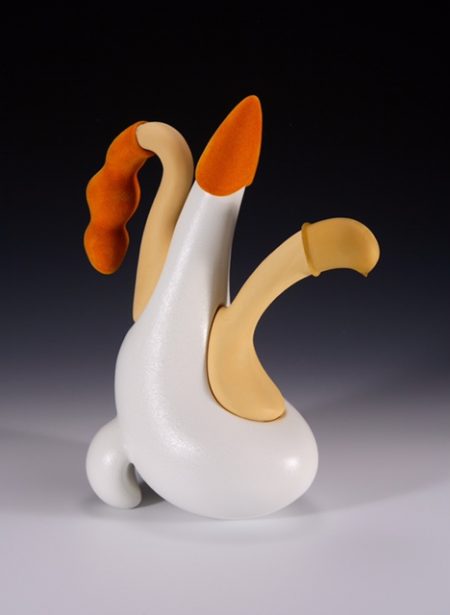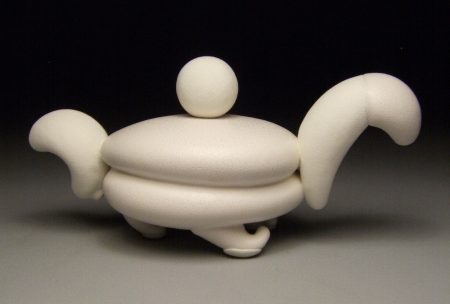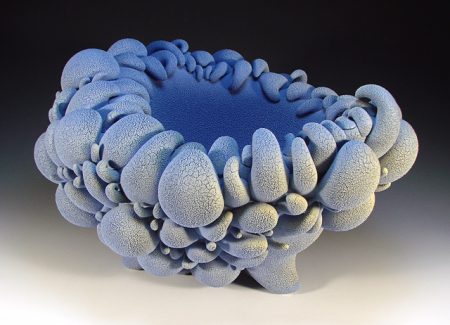Since discovering clay, ceramics, and pottery, about 30 years ago, I’ve deeply enjoyed and valued making vessels of utility; things to be touched, held, and used; for nourishment, enjoyment, and daily ritual. It’s probably safe to say that all potters, to a greater or lesser degree, appreciate this foundation within our work and output. We appreciate knowing that the end results of our creative explorations will be known, experientially, and, at times, that some of the pots will likely be used in such intimate ways that they will beckon a “kiss” from user’s lips.
Besides clay, there are a handful of materials that humans use to make vessels for food-utilitarian purposes; glass, metal, plastic, and stone are fine materials from which to make vessels similar in shape and function to clay pots. Each of those materials, however, require tools for manipulation and therefore do not have the potential for hand-directness and the same sort of physical memory as does clay. Clay’s memory is twofold: it has the memory of its geologic origins, and also, that of how it was touched. No two clay deposits are identical, and no maker’s fingers touch precisely like another’s. Clay pots store all of these memories as they are created; memories of where the materials came from, and, of how and by whom they were formed into a vessel. These memories subsequently become permanent when the pots are heated to a temperature sufficient to transform the materials into ceramic.
It is this combination of concepts and characteristics; tactility, utility, directness, physical and metaphorical memory, and intimacy, that I try to impart to my pots. I am interested in the experiential nature of my work – in how the soft material records my unique tactile sensibilities and later communicates this to another person while the pot is being touched and used. My most recent pots have a softness that speaks clearly of the materials from which they are made; No other ceramic material is as fine and responsive as translucent porcelain. These recent pieces show that they have been manipulated – pushed by the hand – yet the shapes and surfaces are refined and, somehow, appear to be untouched. The forms are simple, direct, and familiar, so as to welcome frequent use. They beckon the hand to reach out and engage.
